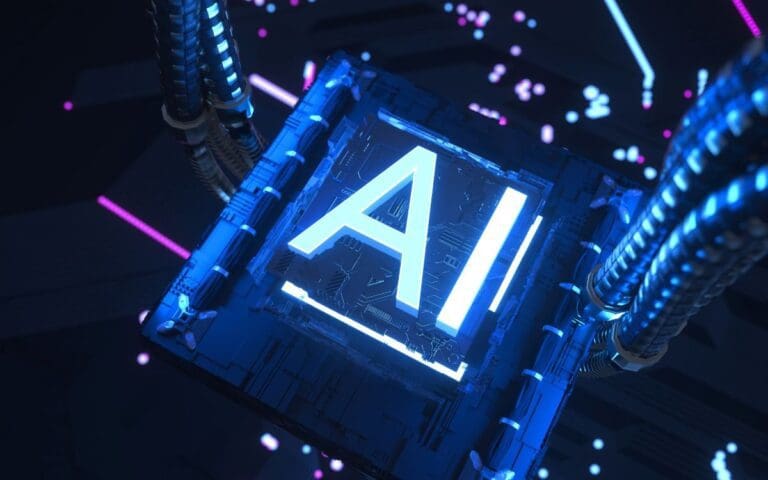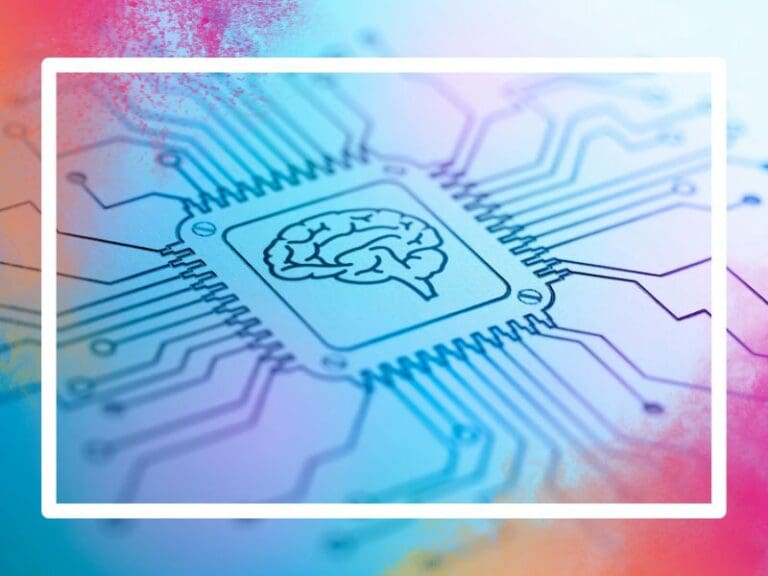WHILE THERE IS STILL A LONG WAY TO GO BEFORE WE CAN SAY THAT WE HAVE REACHED FULL EQUALITY BETWEEN GENDERS, IT IS IMPORTANT TO RECOGNISE THE PROGRESS WE ARE MAKING.
There is now increased access to education for girls and women globally and more opportunities for females to pursue higher education and enter traditionally male-dominated fields, such as STEM. Yet, there are still many areas where women are underrepresented – progress is not uniform globally, and gender inequality remains deeply entrenched.
The tech industry has been historically male-dominated – according to data from the UK government’s Digital Economy Council, women accounted for only 19% of the tech workforce in the UK in 20201. There are many possible reasons for the gender gap in tech, including cultural stereotypes, lack of role models, and bias in hiring and promotion. Women face unique challenges in the tech industry and to address the gender gap, it is important to promote diversity and inclusion, encourage more girls and women to pursue tech careers, and create supportive and inclusive workplaces.
In this article, Justin Nihiser, CEO of kids coding franchise Code Ninjas, discusses the rapid advancement of technologies such as artificial intelligence (AI) and its implications on the tech industry. Specifically, Justin shares some of the ways AI can be used to benefit females in tech – from education to recruitment.
Justin is CEO of kids coding specialists, Code Ninjas. At locations across the UK, Canada and the US, kids learn to code in a fun, safe and inspiring learning environment. With a game-based curriculum, kids love to learn and parents clearly see results. For more information, visit www.codeninjasfranchise.co.uk.
AI IN EDUCATION
The next generation of AI tools is poised to play a significant role in the future of learning, from automated tutoring to grading essays and curriculum content development. This new technology is challenging conventional teaching methods, but harnessing the power of AI could be transformative for education. If the education sector hopes to utilize AI’s full potential for everyone, the focus should be on Driving Gender Diversity and Allyship in Tech by continuing to expose the next generation to AI early on and utilizing the technology in the classroom. The best learning outcomes happen when teachers and educators strive to create inclusive and diverse learning environments that accommodate a wide range of learning styles and support all learners.
In an industry dominated by males, it is important to recognise the valued contribution females make in tech, and this starts with their learning. Research has suggested that girls tend to be more organised and focused on completing assignments and following instructions, while boys may be more likely to take risks and seek out challenges2. A study published in the Journal of Educational Psychology found that girls were more likely than boys to use language to understand and process information. The researchers found that girls used more elaborative verbal strategies, such as asking questions and making connections between ideas, while boys used more visual-spatial strategies, such as mental imagery and visualising solutions to problems3.
Differences in male and female learning approaches may be influenced by the individual student and the context in which they are learning, and a range of social and cultural factors including gender roles and expectations. AI-powered learning platforms can personalise learning and development experiences based on individual needs and preferences, which in turn could begin to reduce the gender gap in tech. With more personalised and inclusive learning experiences, young females are far more likely to adopt tech skills, creating a whole host of opportunities to advance their careers.
AI IN RECRUITMENT
With the gender disparity in tech roles, it is important to consider job recruitment and the impact gender bias can have in the hiring market. One of the main sources of bias in recruitment is conscious or unconscious bias based on personal characteristics. AI can remove identifying
information such as name, age, gender and ethnicity from CVs and applications, and can use structured data to evaluate applicants based on objective criteria. This can help to eliminate subjective biases that can occur, instead ensuring that hiring decisions are based solely on qualifications and experience.
Looking right to the start of recruitment, to ensure equality, job postings must be inclusive and appeal to a diverse range of candidates. Using natural language processing, AI can analyse job descriptions and identify language that may be biased or discriminatory. As a resource, AI has the potential to significantly reduce bias in job recruitment. Of course, we get the full value of AI when it is used in conjunction with other measures, such as trained professionals with robust diversity and inclusion initiatives in place.
Programs like ChatGPT are at the forefront of transforming the future of education through customised and adaptable learning experiences that cater to individual students’ strengths and weaknesses, along with automated essay grading and feedback. The possibilities for AI in education and recruitment are vast, and as we continue to discover them, we can look forward to a brighter, more gender-equal future in the field.








